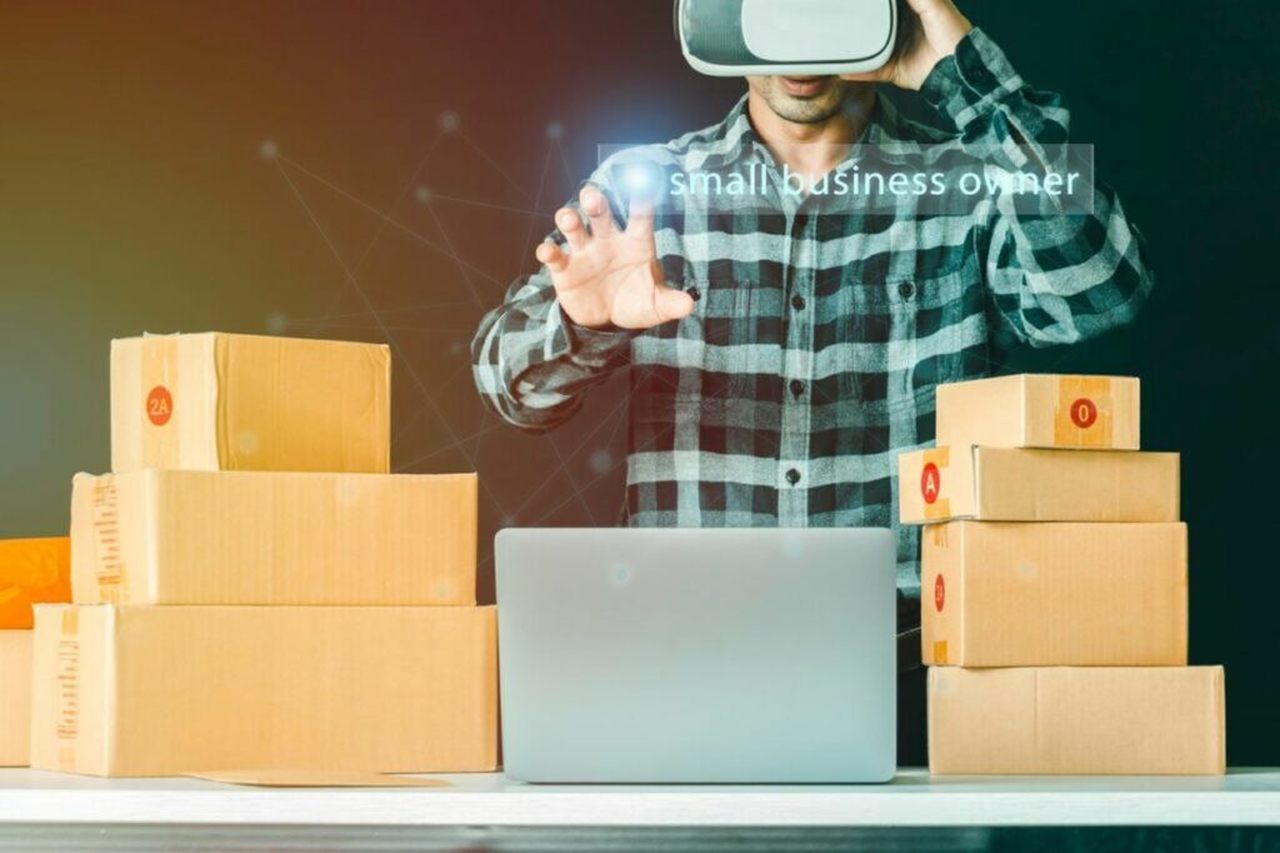Keeping on top of the latest tech trends should be a priority for businesses of all sizes across all industries. Of course, this is an ongoing and seemingly never-ending process as technological development refuses to stand still. Today’s latest trends will soon be old news, and that’s why business owners and key decision-makers should always keep up-to-date with the latest trends and be on the lookout for opportunities to harness emerging technology to grow their businesses.
Below, we take a look at some key tech trends to keep an eye on for the remainder of the year and into 2023.
Artificial intelligence
While artificial intelligence is nothing new, it has evolved from the stuff of sci-fi movies to play a key role in big businesses in many industries. The next step is the wider implementation of AI across the business world and increased adoption by SMEs.
From voice assistants to facilitating personalized customer journeys, small businesses will increasingly turn to AI to improve user experience. Moreover, by taking on time-consuming manual tasks, AI automation will afford staff more time to perform tasks which require a human touch.
Beyond this, businesses will continue to integrate AI into their cybersecurity, customer relationship management (CRM) and market research systems. Meanwhile, generative AI – a term used to describe AI that utilizes unsupervised learning algorithms to produce digital materials – looks poised to revolutionize the way some digital content is created.
Embedded data and analytics
When it comes to data, businesses should remember that it’s not a matter of how much data you have, but how you use it. Companies that make the most of their data are able to do so because they take a holistic approach and engage in a continuous process of embedding data and analytics into their business’s roadmap.
Having clearly defined use cases and setting achievable goals is key to producing insightful and actionable data analysis. Going forward, companies that can optimize their data analysis will likely gain a competitive advantage over those which take a more scattershot approach to analyzing the data they reap.

Tech-assisted shopping
As a result of the pandemic and the subsequent lockdowns, retail businesses have been forced into accelerating their implementation of contactless shopping. Contactless payments, rapid home delivery, and e-wallets have gone from being neat additional services to the norm expected from all businesses.
Far from being a flash-in-the-pan, seamless integration of technology into the retail experience with a heavy emphasis on maximizing customer convenience should be a priority for all businesses going forward.
Cybersecurity threats on the rise
Now more than ever, cybersecurity should be treated as a business priority. The pandemic helped fast-track new working practices, particularly the rapid rise in working from home. Unsurprisingly, these changes gave rise to new types of online fraud and heightened cybersecurity risks. Industry specialists are reporting significant year-on-year increases in cyber security incidents.
While many SMEs may consider themselves safe because of their relatively small size, the opposite can be true. Given that most SMEs tend to have less robust cybersecurity systems than their larger counterparts, they are the perfect prey for virtual fraudsters.
With this in mind, SMEs should look to match the approach of big businesses by ensuring that they have comprehensive backup protocols and proactive disaster recovery solutions in place, together with rigid and regularly updated security systems which can efficiently block and tackle emerging security threats.
Software unification
With remote working becoming commonplace, we are seeing a move toward the growing unification of previously unconnected software interfaces.
It is not uncommon for businesses to use a variety of third-party programs. For example, a company might utilize Salesforce to deal with customers, Outlook to send and receive emails, Basecamp to manage projects, and Microsoft Teams to communicate and collaborate with colleagues.
Connecting such disparate software suites is challenging, but integration platforms which can facilitate interconnectivity between different software are in the works. If this can be made a viable reality, businesses will be able to make the most of seamless communication and data sharing across platforms, something that will undoubtedly unlock significant time and cost savings.
The metaverse
There has been a lot of talk surrounding the metaverse this year, and though it may be a few more years before mass adoption, the future for the metaverse remains bright.
The metaverse is where physical and digital worlds meet as actual reality and virtual realities combine. This will be actualised through a network of three-dimensional virtual worlds that will make use of VR and AR headsets to facilitate social connections between users.
More than just another form of entertainment, the metaverse has the potential to provide its inhabitants with a palpable online social presence, shared spatial awareness, and the opportunity to become part of an unprecedented virtual economy which could have a potentially profound societal impact.





